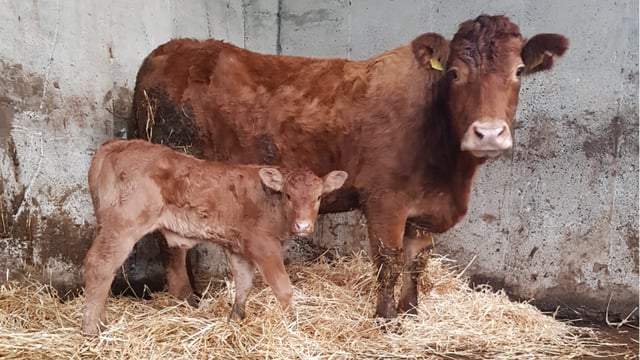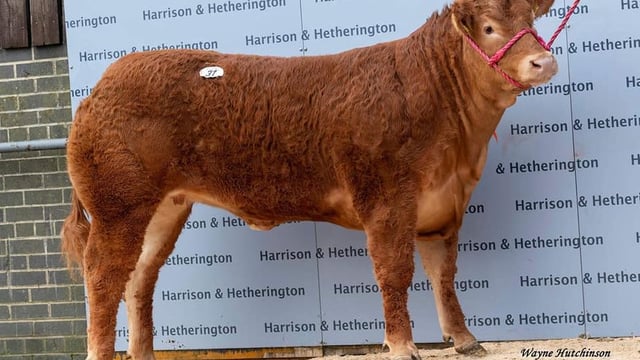Sustainable agriculture in 2021: There’s no vaccine for climate change
Feeding the world while taking climate action will require an industry-wide effort involving farmers, industry stakeholders, government and consumers, according to Teagasc.
Tom O’Dwyer, head of of the Teagasc Signpost Programme provided a comprehensive breakdown of the challenge of climate change, the goals set out for Irish agriculture and what farmers can do to play their part in reducing emissions.
The challenge
In December, EU leaders agreed to reduce climate emissions 55% by 2030. In the same week, the Department of Agriculture, Food and the Marine published the Ag Climatise roadmap, which aims to develop a climate neutral food system by 2050.
Highlighting that there are “significant ambitions” to reduce emissions from agriculture in the coming years, O’Dwyer stressed:
The reason is global warming. According to the United Nations, 2020 was the warmest year since records began.
He said: “We can face the challenge with confidence as we have seen how agriculture has responded to previous challenges.
“The sector has increased food production to levels once believed impossible. We all can play a part in limiting further climate change.
“The global agriculture sector now has an opportunity to make yet another major contribution, to produce healthy, nutritious and wholesome food in a more sustainable manner.”
Sustainable agriculture
Providing the definition for “sustainable agriculture”, the Teagasc official said:
Sustainable agriculture means meeting society’s present food and textile needs, without compromising the ability of current or future generations to meet their needs.
“In my experience, Irish farmers have a deep desire to leave their farm in a better state for the next generation.
“But it can be a struggle to balance the demands for economic and environmental sustainability. What are the consequences when these competing demands are out of sync?
“When farming practices are compromising the ability of future generations of farmers to farm through a loss of biodiversity, a reduction in water quality or excessive emissions?”
GHG gases
Putting greenhouse gases under the spotlight, O’Dwyer explained:
“The three greenhouse gases (GHGs) are: carbon dioxide (CO2 ), methane (CH4 ) and nitrous oxide (N2O); the main agricultural GHGs are CH4 and N2O.
“Ruminants have bacteria in the rumen which produce CH4 during the digestion process. Soil emits N2O when microbes in the soil break down urine, faeces and fertilisers; a key driver of N2O emissions is nitrogen surplus (N inputs minus N outputs).
“In addition, ammonia gas (NH3 ) is an air pollutant, which has an adverse effect on human health and the environment.
“Agricultural activities account for over 99% of our national ammonia emissions. Research has demonstrated how farming can reduce the ’emissions intensity’ of food production.
The first step is to produce food as efficiently as possible. In Ireland, for livestock production this means a grass-based diet, good genetics and healthy, thriving animals.
There are additional actions that farmers can take to reduce on-farm emissions, he noted.
Some of the practice changes are straightforward, such as switching one’s N fertiliser source, while others will require upskilling and significant changes in management practices, such as the establishment and management of clover in pasture.
There is a range of proven practices, which if widely adopted by Irish farmers, will reduce agricultural emissions, the head of the Signpost Programme stressed, adding that Teagasc is committed to working with farmers and other sector partners to enable farmers to adapt their practices to achieve this.
What are the Mitigation Options?
Teagasc has identified the following practices as being key to reducing agricultural emissions, O’Dwyer explained.
The best options for each farm will vary depending on factors such as the farm system, location and the level of farming intensity.
Many of the options (though not all) can combine profitability gains while contributing to meeting sustainability challenges, he added.
Throwing down the gauntlet to farmers, O’Dwyer highlighted that the move to more sustainable farming practices can start with one change.
Noting that this time of year is often used for planning and decision-making, he urged all Irish farmers to make at least one change on their farms in 2021 for a more sustainable farming future.
He offered a number of suggestions for farmers to get started, including: to inform yourself of the facts behind global warning and ammonia emissions; to check out your farm’s carbon footprint figure on the Bord Bia Farmer Feedback Report Farmer Feedback Report; and to talk with your farm advisor to identify actions to reduce your carbon footprint in 2021.
Select one action that you can make happen – write it down, and commit yourself to doing it, O’Dwyer concluded.





